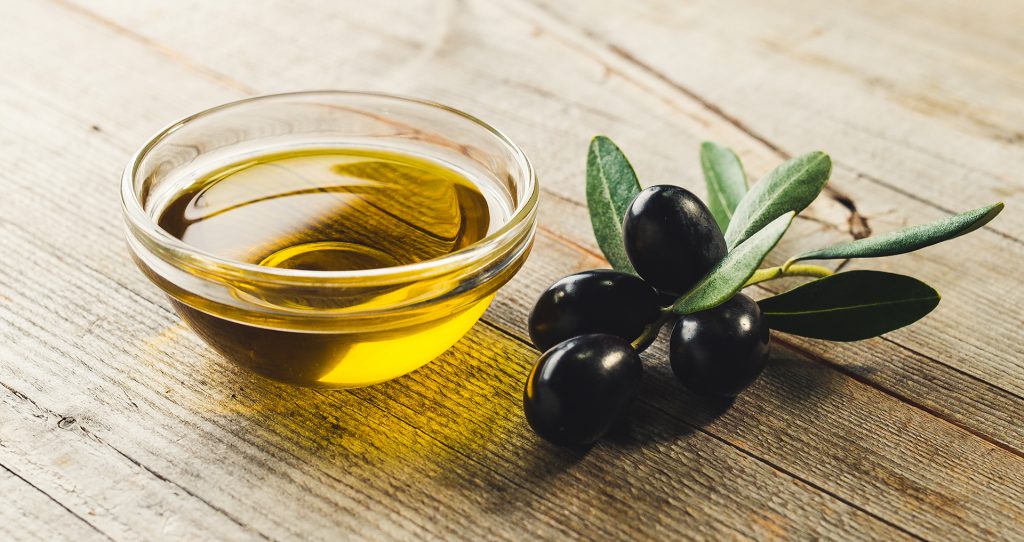How many calories are in my salad?!

Naughty olive oil. I cannot even see you on my salad. How did you add up to 600 calories?
Sound extreme? It’s not really, 600 calories are easily distributed as daily dressings. After all, one tablespoon (13.5 grams) equates to 119 calories. Yes, you are eating reading that right. Let us put this into perspective:
- A slice of white bread has 80 calories
- 110 grams can of tuna has 115 calories
- 100 grams of cooked brown rice has 110 calories
- 100 grams of cooked chicken breast has 165 calories
- 100 grams of cooked pasta has 160 calories
- 100 grams of 86% lean beef has 250 calories
- A small café latte has 70 calories
- 100 grams of cooked white potato has 85 calories
- 1 medium apple has 80 calories
The takeaway from this is that a flick of the wrist can easily produce 2 tbsp of oil (238 calories. Calorically more than anything on the list above) as dressing without any thought or consideration, and yet being so meticulous not to add brown rice to the salad or a potato with your nightly vegetables. You can see the problem with this and how the ‘mere tuna salad’ can become a mammoth caloric fiend. “Holy walnut Batman.”
So, let us go through the thought process of almost every single person that decides they are going to slim down. “The carbs will go; I’ll eat tuna salad for lunch and veggies and chicken for dinner.” Sounds about right?… If you remember from the previous article ‘Top 5 reasons why people don’t lose weight,’ I am not a fan of low carb, high fat diets. Check out the article to learn why.
The problem is a low-fat diet is not something that happens accidently. Fat is the densest macronutrient and they are what I like to call hidden calories. In fact, fat comprises most of the calories eaten in a day on a typical western diet, and unless you deliberately reduce or eliminate certain foods, you are eating a high fat diet. I guarantee it and it is almost always the solution to the problem of, “I’m eating healthy and I’m not losing weight. I can’t cut my calories anymore.”
Not true. And yes, you can cut your calories down because you are not a scientific anomaly. Your body adheres to fundamental physiology.
Going back to the popular tuna salad. Let me give you an actual salad a client wanting to lean up was eating and you will see how out of hand calories can get:
- Iceberg salad large bowl – 20 calories
- Red onion – not significant
- Lemon juice – not significant
- Chia seeds x 1 tbsp – 75 calories (Mostly fat)
- Sunflower seeds x 1 tbsp – 50 calories (Mostly fat)
- 100 gram can of tuna with oil drained – 232 calories. The higher amount is due it being impossible to remove all oil as it infuses with the tuna. (Mostly fat)
- Red kidney beans x ½ cup – 112 calories
- Cucumber x 1 small – 19 calories
- Olive oil x 2 tbsp – 238 calories (All fat)
Total calories = 748 calories
Carbs = 17% (32 grams)
Fat = 60% (50 grams)
Protein = 22% (41 grams)
Ok so let us address a couple of issues here. One is that the average BMR (Basal Metabolic Rate) of a female is 1400 calories – the total calories burned daily at rest. This salad comprises half of those calories and it is just one meal. There’s still breakfast, lunch and snacks. Oil finds its way into quite a bit of food. The seeds in this salad pack a hefty punch for occupying so little space. Put the chia and sunflower seeds next to the kidney beans for a comparison... David wins. Sorry Goliath. And nuts are no exception…I’m looking right at you walnuts! A single walnut has 28 calories.
Next issue is that most people would consider this to be a protein meal based on the tuna, however examining this list it becomes increasing apparent that the caloric density of fat is significantly greater than carbs and protein. And now it should also be clear to see why I consider fat to be the hidden calories in a meal and why they are never unintentionally low.
If you are trying to lean up, please pay attention to the fat content and do not demonise carbs. Be meticulous and enjoy your food.